Boss unveils the SL-2 Slicer, a compact pedal creating rhythmic, percussive chop effects and textures for guitar, keys, DJs and more
Boss reimagines the SL-20 for the Compact Series and offers a programmable and expandable stereo platform for cooking up some truly outré rhythmic sounds
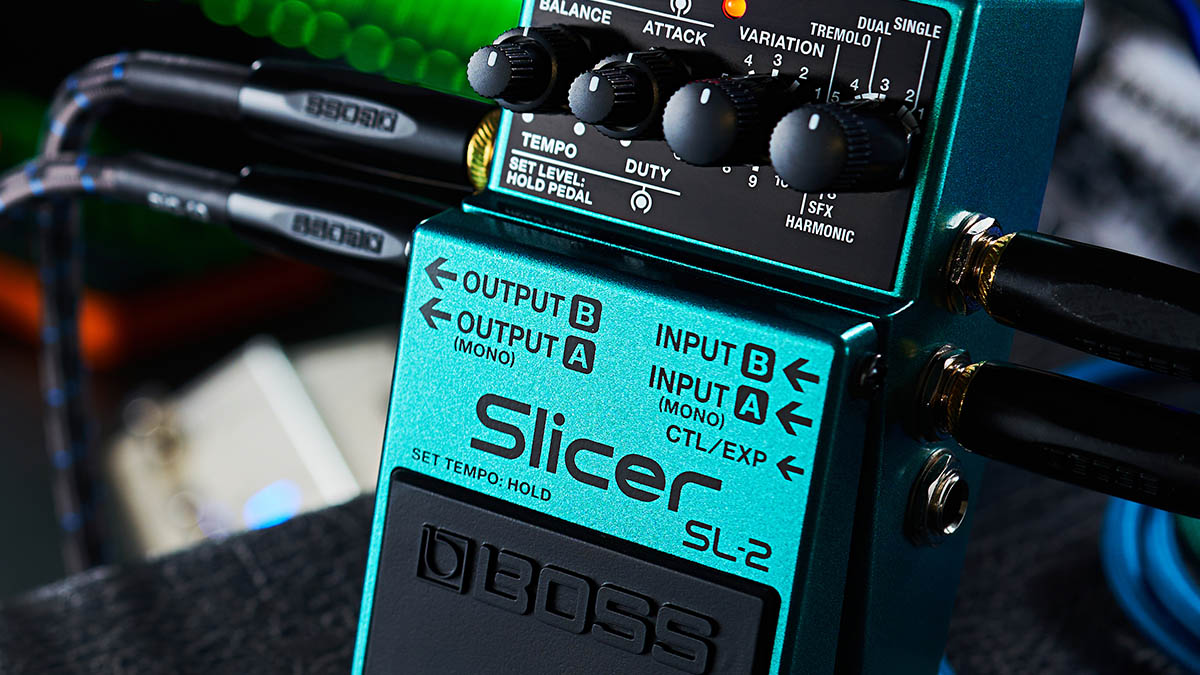
Having recently dipped into its back catalogue to offer its ubiquitous orange-boxed distortion pedal, the DS-1, as a deluxe Waza Craft edition, Boss has returned to the archives, this time presenting us with something a little different – the SL-2 Slicer.
The SL-2 has evolved out of the SL-20 Slicer and can accommodate signals from electric guitar, bass guitar, electronic keyboards, loops, DJs, and all kinds of electric instruments, taking them and chopping them up into grooves and percussive, rhythmic and immersive effects, the likes of which most likely haven’t been explored before.
The Slicer has always been something of a niche effect, turning up on multi-effects processors such as the GT series, and for guitarists – particularly fans of tremolo – it offered the tantalising prospect of more aggressive staccato chop, an effect that could introduce no shortage of drama to your sound. This does all that and more.
With the SL-2, a Compact Series version that won’t take much pedalboard real estate – nor room on your desktop – Boss is hoping that now is the time this niche effect goes mainstream.
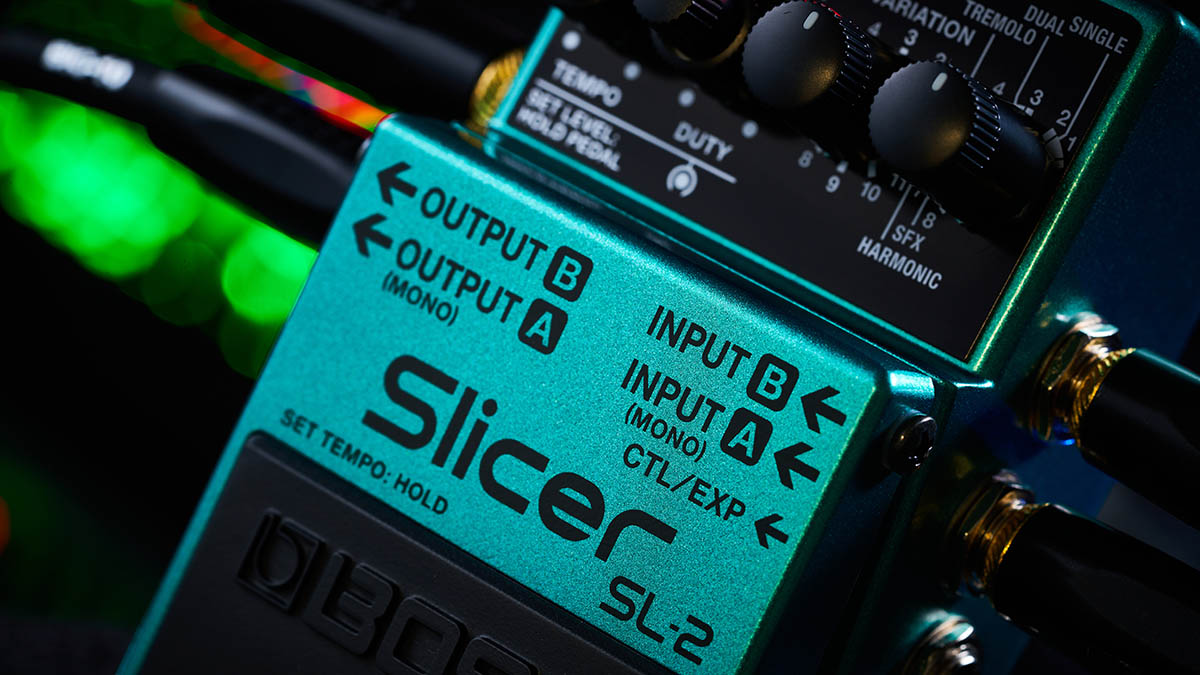
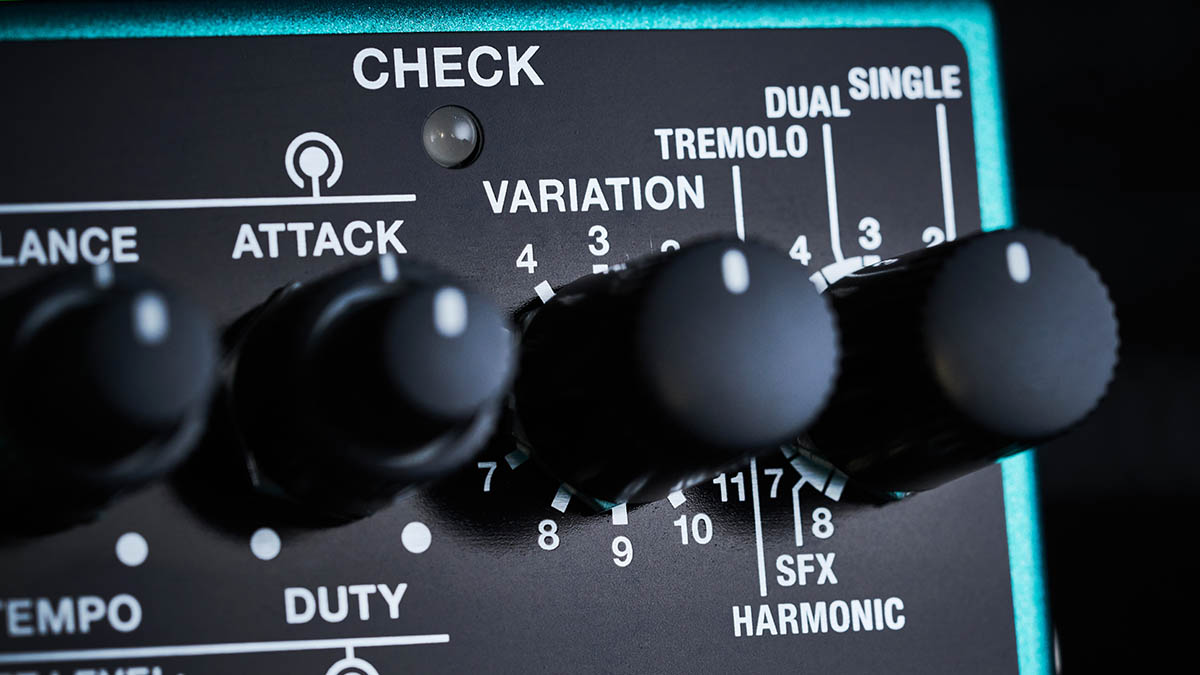
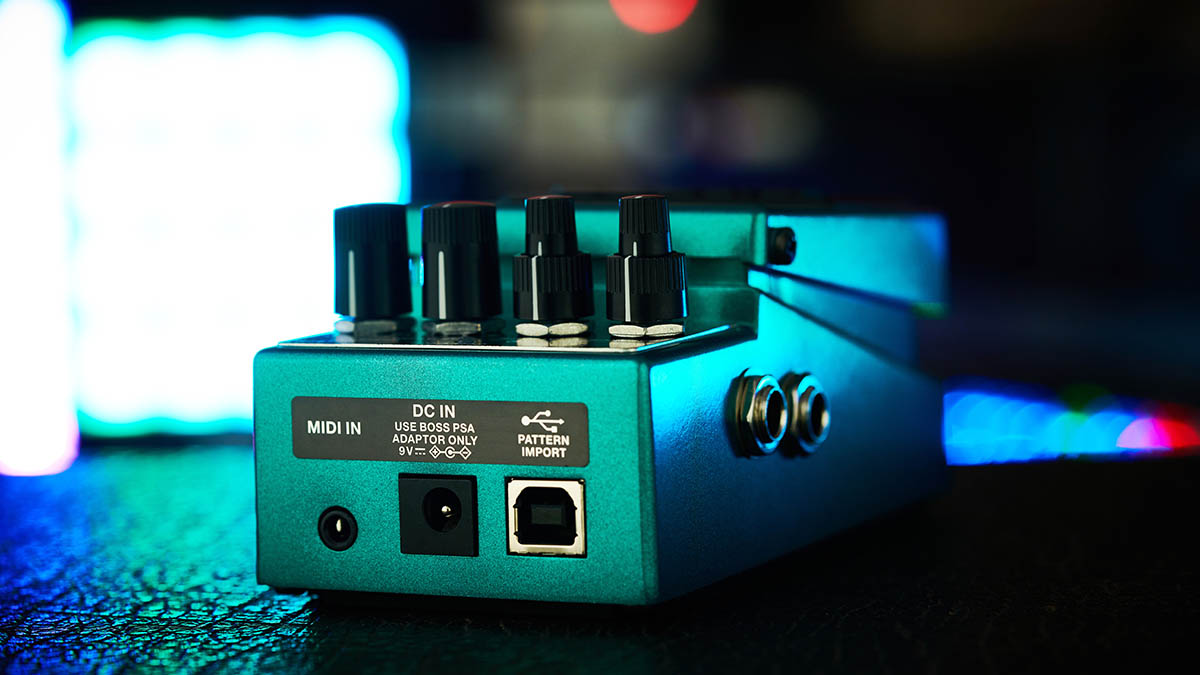
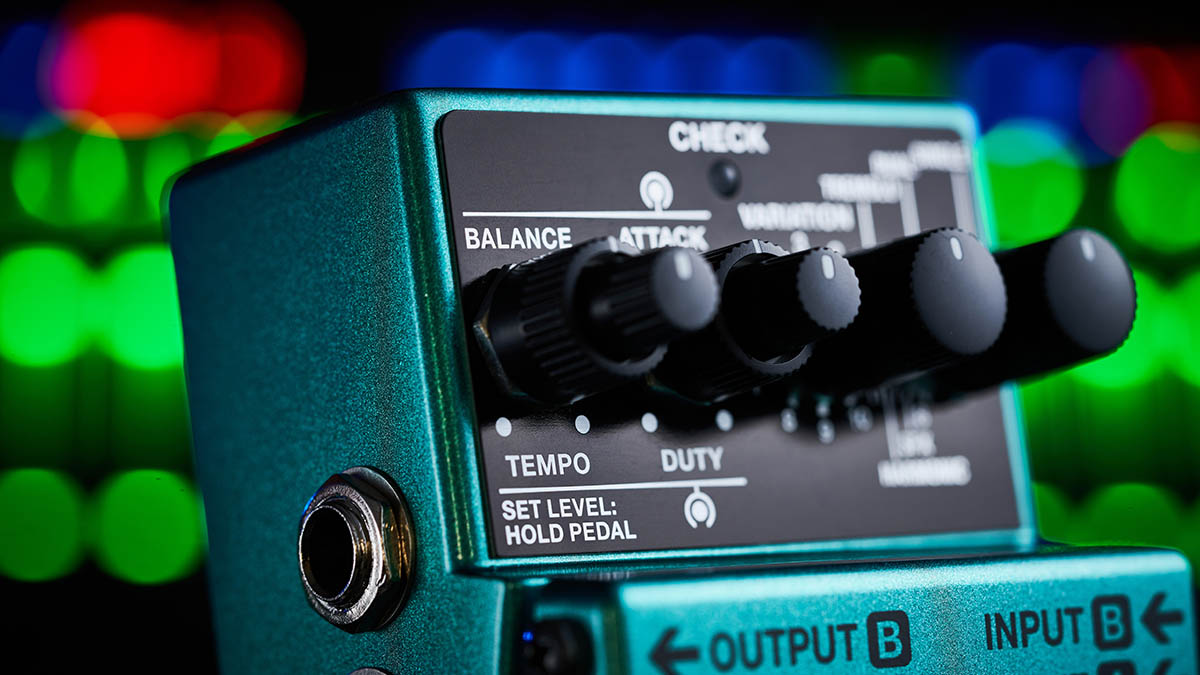
It might be compact but there are a lot of controls to harness its various functions, and a lot of different ways you can use this.
The SL-2 has 88 onboard memory slots and comes preloaded with eight different rhythm pattern types and 11 variations on each. Hook the SL-2 up to the Tone Studio app via USB and you can edit these and swap them out.
The eight rhythm patterns and their variations are also selectable via rotary dials, with a dual-function Attack/Duty concentric dials controlling the wave shape (Attack) and length of the sliced audio (Duty).
Want all the hottest music and gear news, reviews, deals, features and more, direct to your inbox? Sign up here.
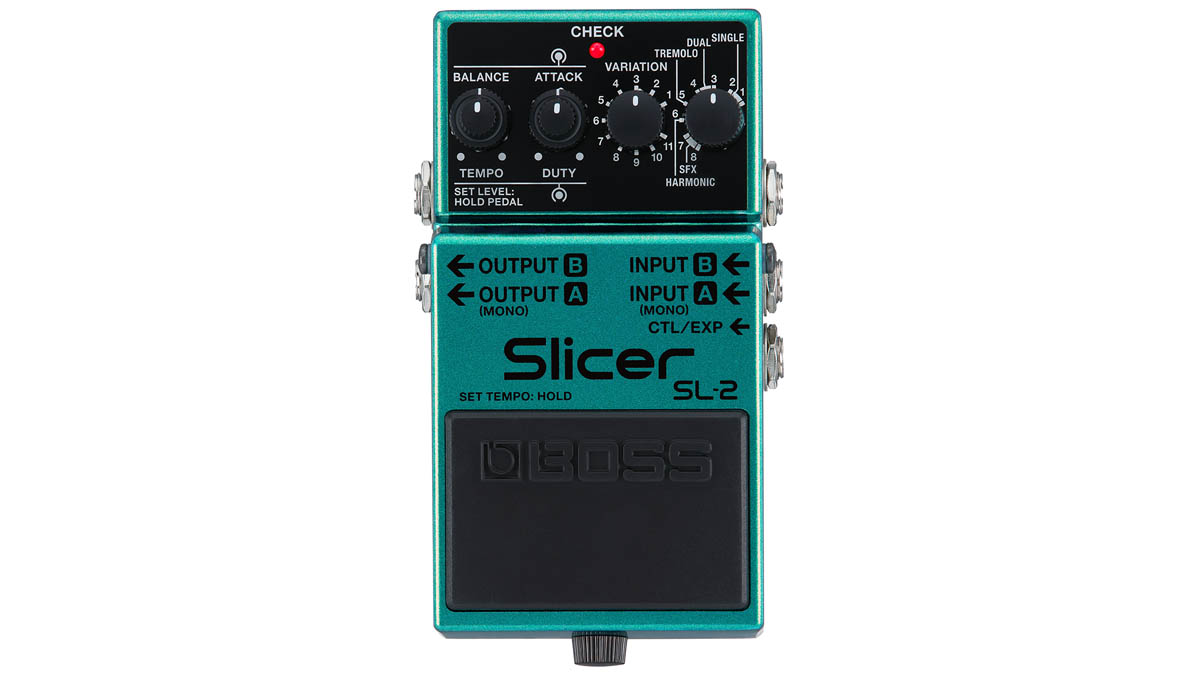
Set the Duty or length of the sliced audio short and you have a range of staccato effects, where the signal is effectively sampled and chopped up into percussive transients. Set it long and you can have what Boss describes as “longer, fuller audio blocks”.
The sounds can be hard and aggressive, or soft and textured, and the output level of the effect as a range of +/-12dB. The tempo of the sliced effects is adjusted via the dial or via tap-tempo from holding the pedal footswitch or using the CTL/EXP connection for attaching an external tap switch or expression pedal.
There is a TRS MIDI input for clock sync and CC control, and you can run the SL-2 in mono or stereo. It’s in the latter mode where things get really interesting, and Boss presents users with an abundance of output options, with seven stereo output modes to choose from: Fixed, EFX/Direct, Random, Ping-Pong, Auto, 3D Cross, and 3D Rotation.
The SL-2 Slicer processors your signal with a 48 kHz sample rate and has a buffered bypass.
Sometimes it is easy to say what a stompbox does; either it is referencing another classic effect, or it exists within a spectrum – a transparent overdrive pedal, a germanium fuzz.
But other times, such as this, you need to try it, or to watch the demo video for an idea of what it could do for you, whether your specialty lies in guitar, keyboards, beatmaking or elsewhere.
The SL-2 Slicer is priced £149 / $169. See Boss for more details.
Jonathan Horsley has been writing about guitars and guitar culture since 2005, playing them since 1990, and regularly contributes to MusicRadar, Total Guitar and Guitar World. He uses Jazz III nylon picks, 10s during the week, 9s at the weekend, and shamefully still struggles with rhythm figure one of Van Halen’s Panama.
